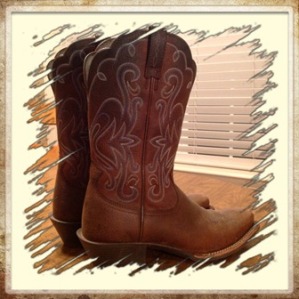A couple weeks ago, I mentioned on Facebook that I was working on transitions for the upcoming Sunday worship service. I received many questions and comments about how I use transitions and what exactly did I mean by them.
I will attempt to explain here…
First of all, I should let you know that our church likes to have music playing almost at all times. Meaning, there is no empty or quiet space between songs. A typical order of service will have 2-3 worship songs, then a Guest Welcome, then the choir special, then 2 more songs. The piano does not play during the Guest Welcome. That’s it.
(Thankfully, I have the songs loaded on my handy-dandy iPad with the songs in order. See more about that topic here.)
Ok, so, this particular Sunday, the first two songs were “Majesty” (in Bb) and “All Hail the Power” (in G). when I received the order of service the Tuesday before the Sunday, I immediately began to think about how to transition between these two songs. Going from Bb to G is…well…weird. Plus, both songs are such powerful and big songs that I was hesitant to do my usual play-the-minor-ii-chord-to-the-V-chord.
Yawn. Boring.
I figured the music director would be speaking a little bit between songs, so I needed to fill that time with something interesting enough that it wouldn’t bring down the energy that was built from the first song.
I couldn’t think of anything. Friday night I sat down at the piano and tried to figure something out. All I could come up with was a 4-bar interlude that used the ii chord to the V, without it being a “basic” introduction. I didn’t think that would give the music director enough time to speak between songs. I wanted at least 8 measures.
Grr…this shouldn’t be this difficult, right?
I didn’t know what to do. Nothing was coming to me.
Then, that Sunday morning while I was getting ready, it hit me. I could use a common note to go from Bb to G.
Here’s what I did…after the end of “Majesty,” I repeated the first line (Majesty, worship His majesty) in Bb. That put me on an Eb chord with G as the melody note. Then I played the same line again in the key of G, starting with a G chord (using the note G as the common note).
Ok…that took up 8 measures of time, and put me in the key of G for “All Hail the Power.” Now I was in the key of G on the IV chord – C. I just walked my bass down to B and walked my RH up to D and played the last three measures of “All Hail the Power” for the introduction.
All in all, 12 measures of interlude. Just enough time for the music director to say his “say.” Seriously, it was just enough time. No more. No less. God is good.
Now, I still did a “basic” introduction, when I really wanted to lead up to the V. But it worked better with the basic introduction, because the people at least had some time to recognize the song.
Also, Bb to G would normally be going down in the modulation, but since I used the line in “Majesty” that went up in the melody and then kept the common note, the modulation actually sounded like I went up instead of down.
I know this was a little tedious, but I wanted to really be specific in explaining this transition.
I will try to address more transitions and modulations in days to come. Until then, let me know your thoughts, questions, etc.




